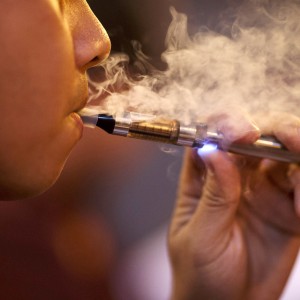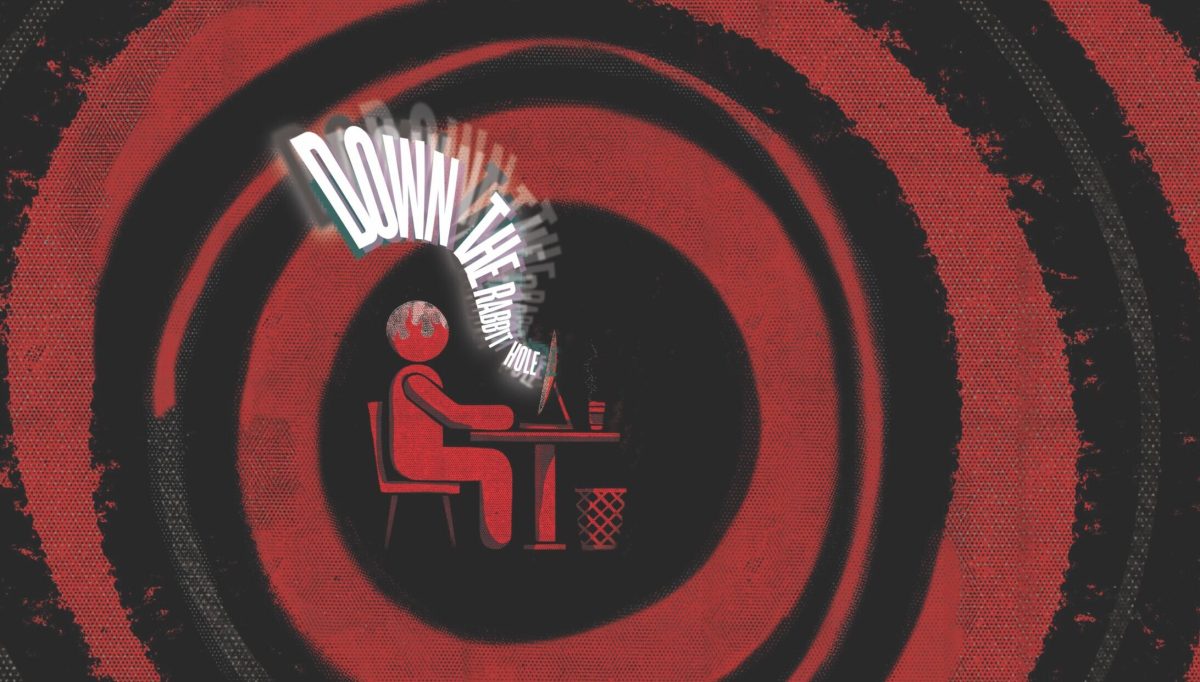
Here we go again.
When I first heard about e-cigarettes I thought that there was finally something relatively safe to enjoy for a dose of nicotine, much like coffee is a relatively safe way to ingest caffeine.
It made me happy to see people smoking these e-cigarettes, or “vapes” as they are called, because it meant that they were not smoking cigarettes, not inhaling smoke into their lungs or spreading second-hand smoke into the air.
There was a time when people could smoke in restaurants, bars, supermarkets or pretty much anywhere. The dangers of second-hand smoke were not widely known about and tobacco companies were happy.
I recently bought an e-cigarette for a friend of mine who is a smoker. I did this in the hopes that he would enjoy the e-cigarette and begin to smoke those rather than regular cigarettes. E-cigarettes are a safe alternative — I thought.
Then I read an article in Science News by Janet Raloff dated June 3, 2014 titled “Health risks of e-cigarettes emerge.” Here we go again, I thought: Everything is bad for you.
Then I read the article.
The third paragraph made me feel a little better about giving my friend the e-cigarette. Stanton Glantz, director of the Center for Tobacco Control Research and Education at the University of California, San Francisco wrote, “There’s no question that a puff on an e-cigarette is less toxic than a puff on a regular cigarette.”
Well, that’s good news. But now the bad news.
E-cigarettes work by heating up a liquid and causing it to become a gas, which you can inhale. According to Glantz and his team of researchers, E-cigarettes deliver high levels of nanoparticles (very small particles). These particles have been linked to asthma, stroke, heart disease and diabetes.
The first generation of e-cigarettes did not deliver as much nicotine per inhalation as regular cigarettes. Manufacturers overcame this by creating a second generation of e-cigarettes that use more voltage, causing the liquid to gasify at higher temperatures.
At these higher temperatures, solvents in the liquid break down, producing carbonyls. Carbonyls are known cancer-causing agents that are also found in tobacco smoke. I could list all these different agents, but I don’t want to bore you.
Bottom line is that these agents are in the water vapor you breathe in. This water vapor is absorbed by the lungs in the same manner as cigarette smoke and can reach the tiniest parts of your lungs where they are most vulnerable.
As if that’s not bad enough, these same vapors can make dangerous germs harder to kill.
Pulmonary Physician Laura Crotty Alexander reported in a May 18 American Thoracic Society meeting that in a lab dish, antibiotic bacteria known to cause pneumonia created a thicker protective bio film when exposed to e-cigarette vapors. These vapors made the bacteria even more resistant to anti-biotic treatments.
When people smoke cigarettes on the bench in front of the library at Palomar College, by the “no smoking sign,” they are putting carcinogens into the lungs of everyone around. Not cool. No thanks. E-cigarettes may be producing these same carcinogens.
Smoke and ‘vape’ off campus, away from other people. It’s the least you can do.





























































